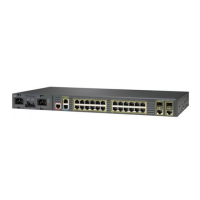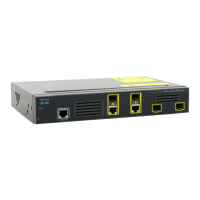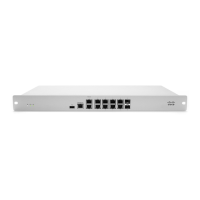35-97
Cisco ME 3400 Ethernet Access Switch Software Configuration Guide
OL-9639-07
Chapter 35 Configuring IP Unicast Routing
Configuring Protocol-Independent Features
Configuring the Number of Equal-Cost Routing Paths
When a router has two or more routes to the same network with the same metrics, these routes can be
thought of as having an equal cost. The term parallel path is another way to see occurrences of equal-cost
routes in a routing table. If a router has two or more equal-cost paths to a network, it can use them
concurrently. Parallel paths provide redundancy in case of a circuit failure and also enable a router to
load balance packets over the available paths for more efficient use of available bandwidth.
Although the router automatically learns about and configures equal-cost routes, you can control the
maximum number of parallel paths supported by an IP routing protocol in its routing table.
Beginning in privileged EXEC mode, follow these steps to change the maximum number of parallel
paths installed in a routing table from the default:
Use the no maximum-paths router configuration command to restore the default value.
Configuring Static Unicast Routes
Static unicast routes are user-defined routes that cause packets moving between a source and a
destination to take a specified path. Static routes can be important if the router cannot build a route to a
particular destination and are useful for specifying a gateway of last resort to which all unroutable
packets are sent.
Beginning in privileged EXEC mode, follow these steps to configure a static route:
Use the no ip route prefix mask {address | interface} global configuration command to remove a static
route.
Command Purpose
Step 1
configure terminal Enter global configuration mode.
Step 2
router {bgp | rip | ospf | eigrp} Enter router configuration mode.
Step 3
maximum-paths maximum Set the maximum number of parallel paths for the protocol routing
table. The range is from 1 to 8; the default is 4 for most IP routing
protocols, but only 1 for BGP.
Step 4
end Return to privileged EXEC mode.
Step 5
show ip protocols Verify the setting in the Maximum path field.
Step 6
copy running-config startup-config (Optional) Save your entries in the configuration file.
Command Purpose
Step 1
configure terminal Enter global configuration mode.
Step 2
ip route prefix mask {address | interface} [distance] Establish a static route.
Step 3
end Return to privileged EXEC mode.
Step 4
show ip route Display the current state of the routing table to verify
the configuration.
Step 5
copy running-config startup-config (Optional) Save your entries in the configuration file.
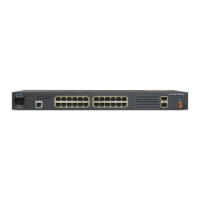
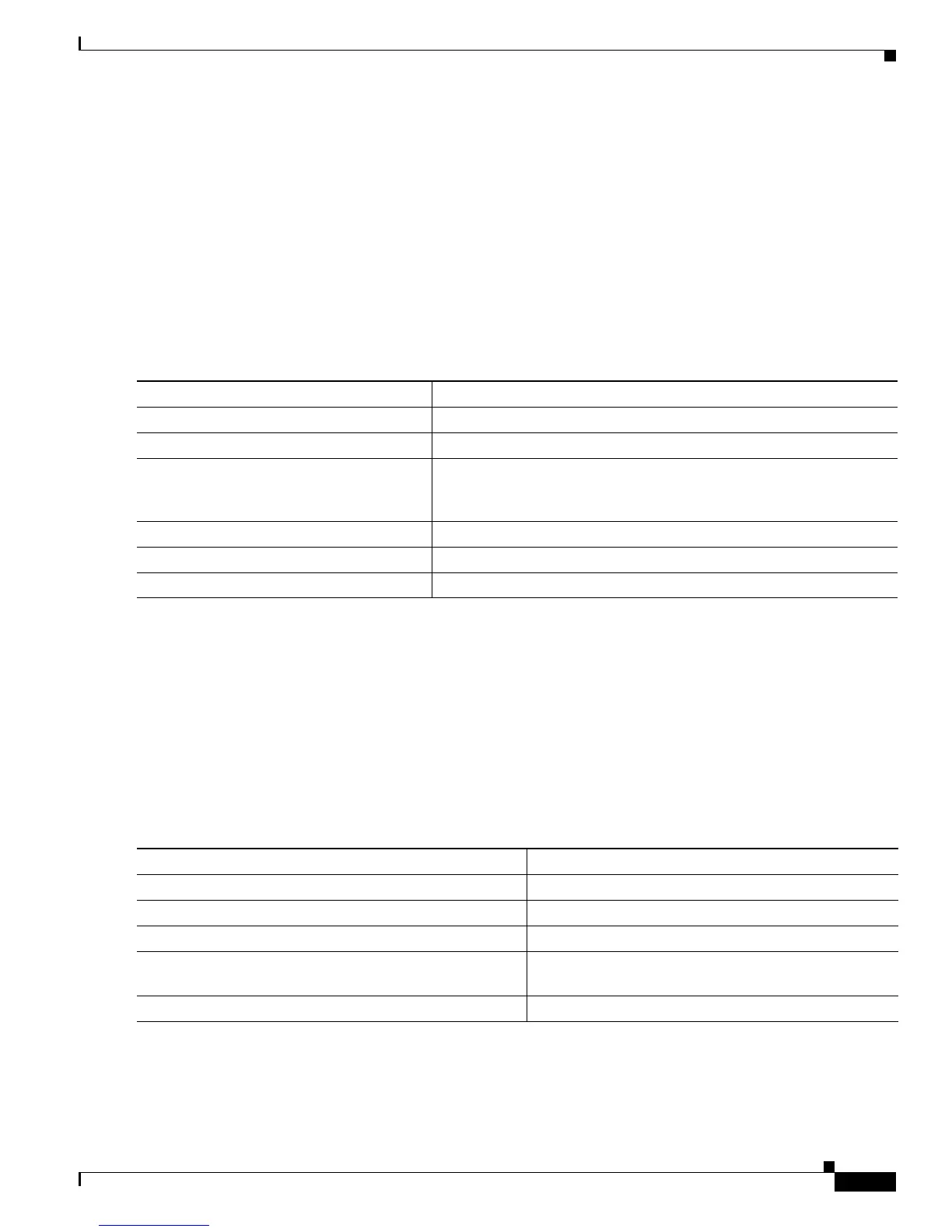